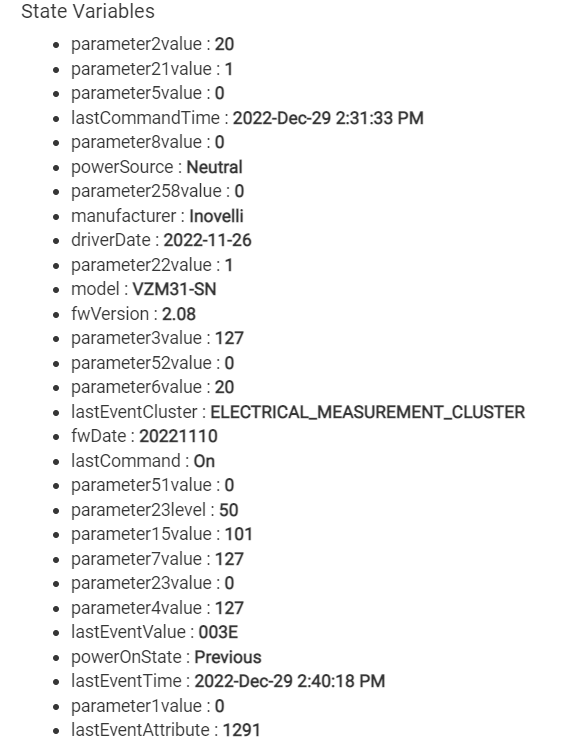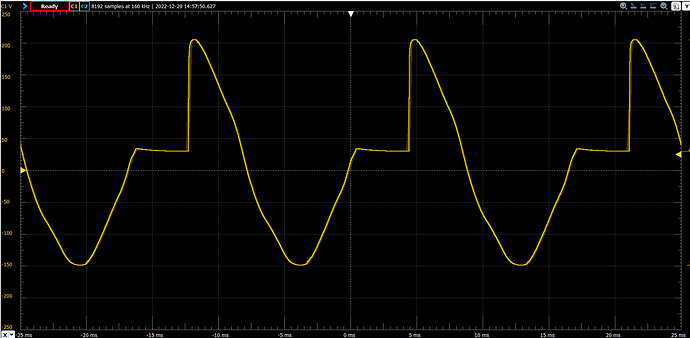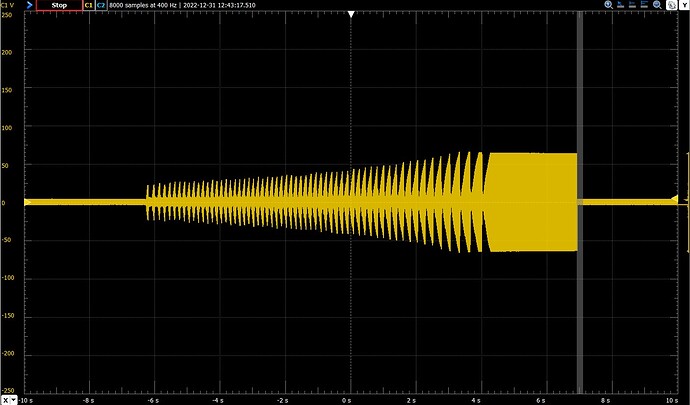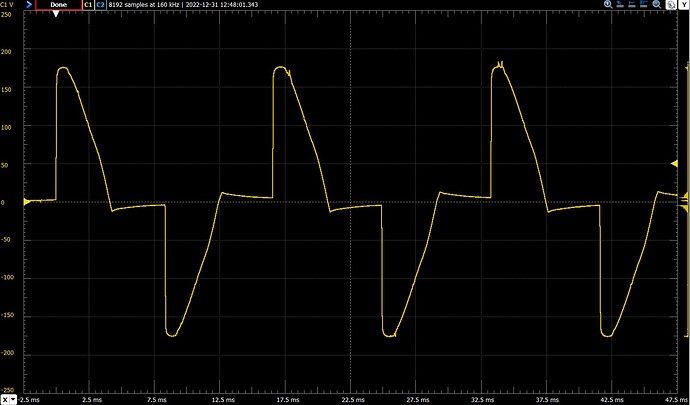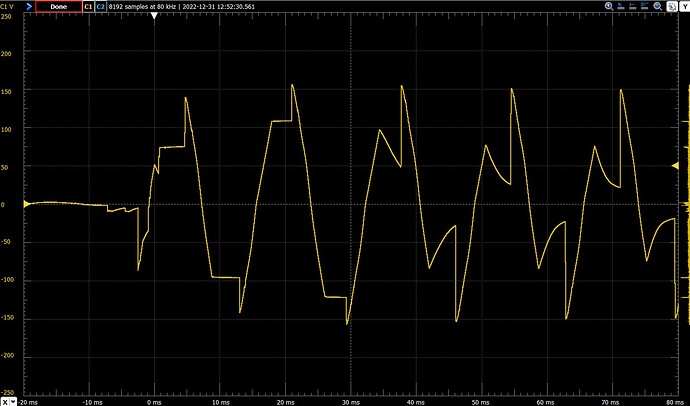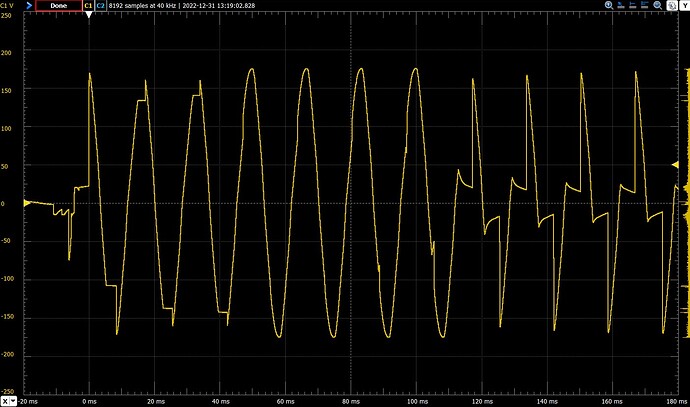I apologize for not having the time to properly respond here, but it seems this thread has caught some attention, so I’ll take the time to respond as best as I can.
From what I am reading, it appears there are two things we’re talking through, correct?
- Definition of On/Off
- Leading vs Trailing Edge
If there’s something more, please let me know.
__
On/Off Discussion
I will take the heat on this one, as I was the one who named the switch a 2-1, which I personally still believe is true.
I understand the argument that an on/off switch should be one that completely shuts off the load and there should be a pure sine wave. If I’m being honest, I didn’t really understand it until everyone brought out their oscilloscopes and explained what it should look like.
To me, an On/Off switch is one that turns lights on and off and in most cases, it does just that.
There are, of course, exceptions such as fluorescent lights. This is common in the industry and I think the folks at Zooz summed it up well:
There is also an argument that the switch should be able to turn an outlet on/off and that is currently possible, but we do not advertise it to do so because of a safety concern (people plugging in their vacuum cleaners, space heaters, etc) and the switch cannot handle a strong inductive load.
Finally, I believe it comes down to how this switch is advertised. Yes, initially we thought this would be able to handle ceiling fans and I stated that it would. But later in the same thread, I also stated that it couldn’t due to UL and the actual product page has had this stated there as well.
On the official product page, I feel we’ve been clear about what this product can and cannot do. But I’m always open to making it better.
I do understand the arguments and they are valid arguments, which leads me to my next point…
We have been testing a pure sine wave parameter that should be available to you guys shortly. I want to run some final tests on it, but from what I’m seeing from the oscilloscope readings our beta testers have done, they look promising.
Leading vs Trailing Edge
This topic has been debated about for a while and somewhere in the forum I outlined the reasoning why we had to go with Leading Edge. It boils down to allowing us to have the capability to use a neutral and non-neutral or an aux and dumb switch. Everyone wants to have a choice in their installation and unfortunately that comes with tradeoffs. Trailing Edge being one of them.
Now, I will say we are working on ways to optimize the bulb flickering and just received a file today that addresses certain scenarios. I want to fully test this firmware file before throwing it to the wolves.
–
Here’s what I want to get across though. I do read through most of these comments and I do take these suggestions to heart. These switches, as dumb as it may sound, are a reflection of us and we are extremely proud of them.
So to hear things like, “these switches are meh” or, “we need to get the basics right”, etc kind of irks me as it just seems like we’re all taking a dump on a product we’re proud of. I know it’s your personal opinions and that’s fine, just disappointing.
I know sometimes I may come off as defensive and I’m trying to work on that (I feel like I do a good job at tempering what I want to say lol) and I try to go into these conversations with an open mind. For the most part, I agree with you guys – without you, there would be no Inovelli. You are what makes us who we are and make our products what they are.
I believe in my heart that most of you have the best intentions in mind when you’re commenting on our switches and I hold onto that.
At the end of the day, we want to continue to have the best switches in the market and if that means taking a long hard look at the technology behind it, I’m all for it. I can’t promise you it will change as it’s impossible to please everyone, but I can promise you that we will look into it and have an open discussion as I try to do.
–
Give me a week or two and I hope you all will be excited about the firmware release we’re working on to address some of these concerns.
Thanks for coming to my Ted Talk.
